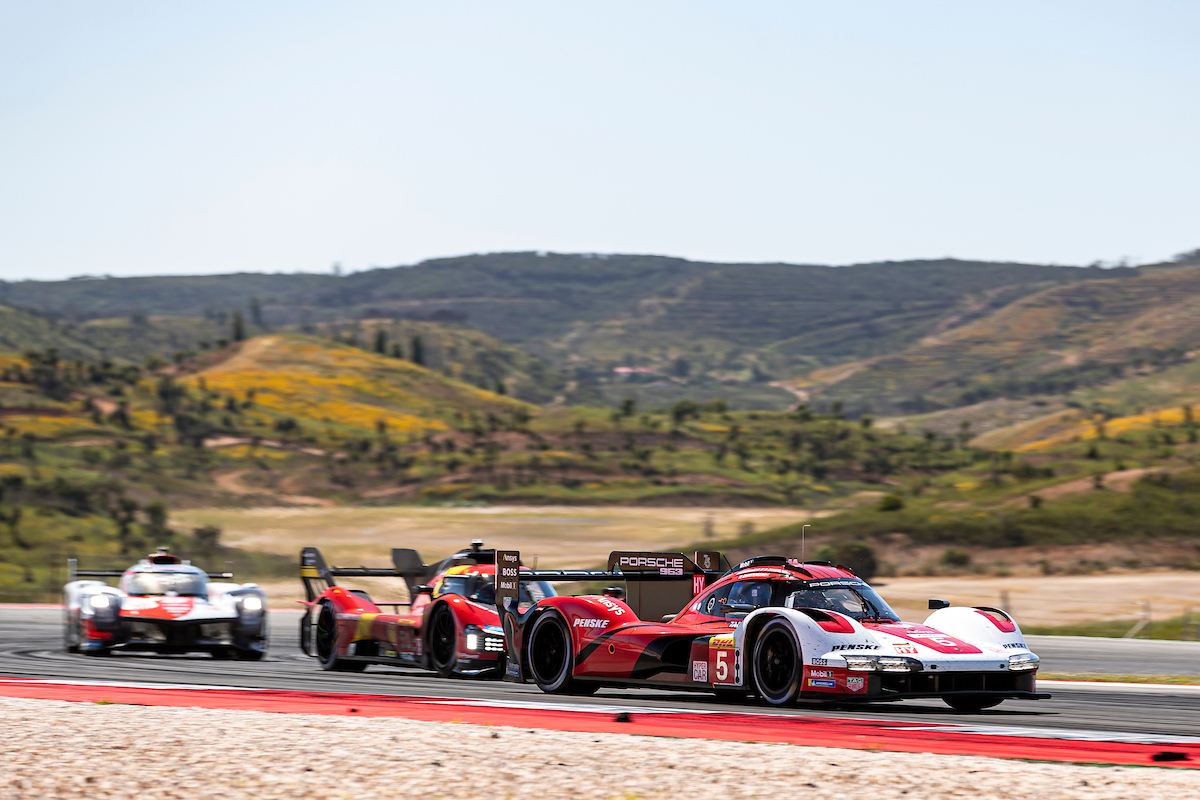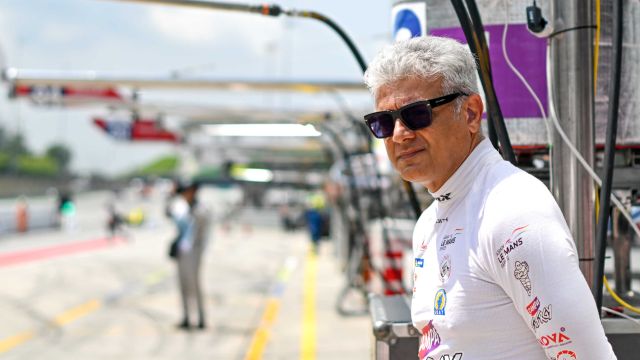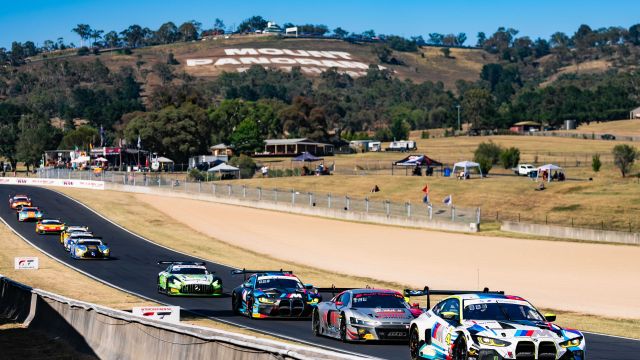24H. du Mans 2023 - The rules of the game changed, the BoP already adjusted!
So it took the ACO / FIA association less than six months to question the new Balance of Performance system on which its technical teams and the teams had been working for almost a year! After all these efforts to put meritocracy back at the centre of the debate, we're back to a classic BoP...
"This new system is the result of lengthy discussions with the manufacturers, both LMH and LMDh," we were told last March. "The BoP will therefore not be modified before the Le Mans 24 Hours. Everything is fixed and we can let the manufacturers race. A lot of effort has gone into achieving this, to get the best possible result." The first potential change during the 2023 season should therefore have occurred between the arrival of the Le Mans race and the 6 Hours of Monza (July 9).
What should have been changed, before Spa... and then finally before Le Mans, was the BoP Platform which was supposed to balance LMH and LMDh. But in the end, nothing of the sort happened.
In fact, it's not a change of BoP Platform that we're going to see, but a complete overhaul of the Balance of Performance. It's a big surprise, given that the legislator has been extolling the virtues of this BoP 2.0, to which all the competitors seem to have subscribed. "Everyone wanted more stability," explained Thierry Bouvet, technical delegate at the ACO. "It leaves less room for hide-and-seek".
So this new BoP based on simulations is already a thing of the past. And at the time of writing, we have no idea why... But we're sure we'll have an answer and a justification as soon as possible.
The Toyota GR010 Hybrid is therefore 37 kg heavier, the Ferrari 24 kg heavier, the Cadillac 11 kg heavier and the Porsche 3 kg heavier. The Toyota now weighs in at 1080 kg, compared with 1064 kg for the Ferrari, 1048 kg for the Porsche, 1046 kg for the Cadillac, 1042 kg for the Peugeot and 1030 kg for the Vanwall and Glickenhaus.
On the other hand, this increase in weight is fortunately accompanied by an increase in the amount of maximum energy allocated per stint : 4 MJ for the Toyota, 2 MJ for the Ferrari and 1 MJ for the Cadillac. The Peugeot 9X8, the Glickenhaus 007 and the Vanwall Vandervell 680 are not affected.
But how can this be explained? When you analyse the table that will be in force at the 24 Hours of Le Mans, it's clear that in the end it's a Balance of Results that penalises those who have worked hardest. In terms of pure performance, Ferrari didn't seem any slower than Toyota. James Calado admitted as much himself: "We saw the car was strong in sector one and three, which are straight line and high speed stuff," admitted the driver of the #51 499P after the Belgian meeting. "In theory, we've got a car which is performing as well as a Toyota's at these sort of high-speed tracks. So I don't see why on performance we wouldn't be there. And in fact, I'm pretty sure we'll have one of the fastest cars."
On the other hand, in terms of operations, strategy and tyre degradation - all criteria that are not supposed to be taken into account by BoP - Toyota is a notch above the competition. What could be more normal given its experience? Should the Japanese manufacturer be blamed for having single-handedly carried the discipline for so many years?
And what about Cadillac, which everyone acknowledges has done a much better job than Porsche in the LMDh clan? On both the Japanese and American sides, there are plenty of reasons to be angry this evening...
Is it fair? Is it unfair? The fact remains that, once again, the rules were changed during the game, which is very surprising at this level of competition. And even if the competitors are forbidden to talk about it, we can bet that this subject will unfortunately be the subject of many more conversations next week...






Comments (2)
Log in to comment the article
Rohan Deelen
31 May. 2023 • 18:23
Li Yuanjin
31 May. 2023 • 20:37